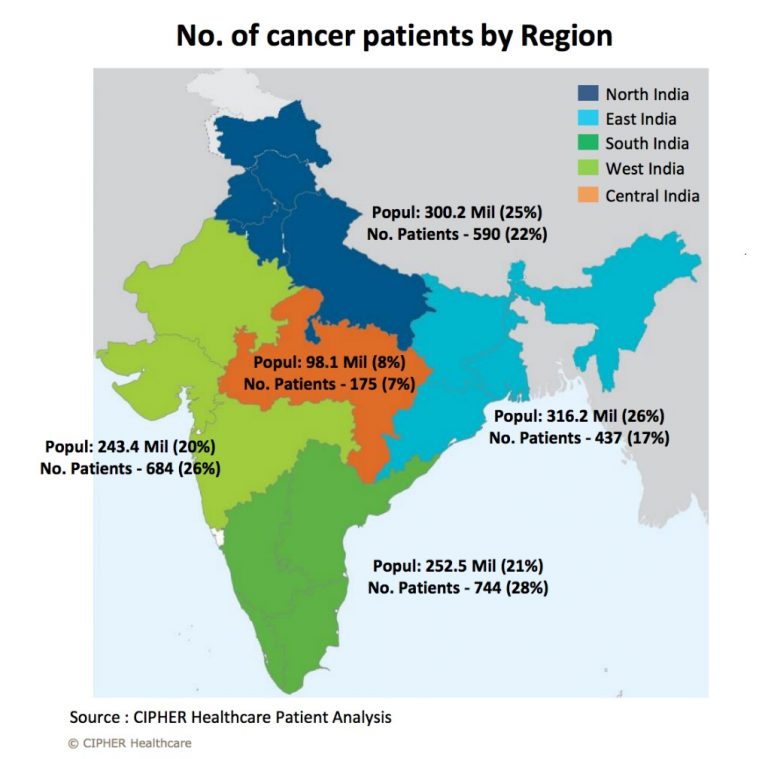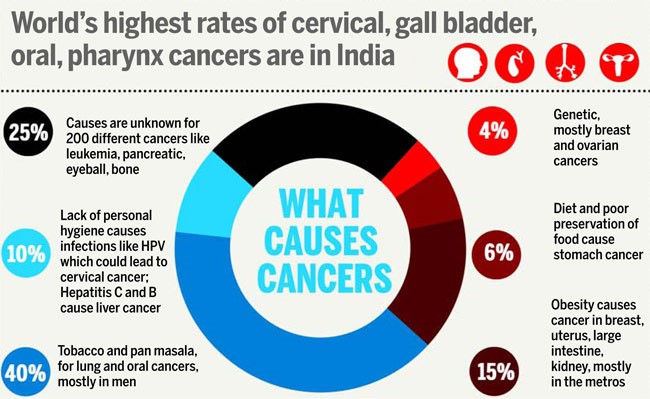The term ‘Gig Economy’ is often in news these days. The trend toward a gig economy has begun. Why is it so controversial? Let’s see.
What is a Gig?
A gig is a temporary contract job. It denotes a short-term contract or a freelance work as opposed to a permanent job. The contract employee gets paid once he finishes the work.
What is a Gig Economy?
In a Gig Economy instead of traditional workforce, there would be only temporary or part-time work force.
The gig economy gets its name from each piece of work being similar to an individual ‘gig’.
Workers are paid for each individual gig they do – such as food delivery or a car journey – instead of monthly salary/days wage/hourly wage.
Companies like Uber, Ola, Deliveroo have made a huge success with this concept. Even software companies hire gig workers on a project basis.
Is Gig economy a new concept?
The ‘Gig concept’ is very common in advanced countries like the US, Europe, who hire part time workers.
With freelancing evolving into the Gig Economy, the concept is attracting a lot of people in India as well.
Gig economy is remunerative and gives a wide range of choices but it also leads to casualisation of the labour. (Reference – Investopedia)
How many people are part of the Gig economy?
- As many as 30 percents of workers across the United States and Europe are thought to make up the gig economy.
- There are five million people currently working in the gig economy in the UK according to the McKinsey Global Institute (MGI). This is around 15.6 percent of the total full and part-time workforce (31.95 million people).
- The statistics of people involved in Gig economy in India is not very clear till now.
What factors contribute to a Gig economy?
- The comfort of working from home – In a modern digitized world, it is easy to work from home with the click of a mouse. It is independent contract work and workers don’t need to go to the office for work but can work remotely from home too.
- More choices – There is a wide range of choices for the employment seeker as well as the job provider as proximity to work place does not matter here. People also change jobs several times.
- Experimentation – Gig economy is a reflection of experimentation too.
- Uncertain business climates – As the nature of jobs is changing (eg. by automation, artificial intelligence), there is no need to hire permanent employees.
Why is Gig Economy preferred by workers?
- One can also work on freelancing as well as work full-time somewhere else. Hence it is profitable to the worker as he can hit two targets together and multitask.
- It is very beneficial for womenwho work on this concept when they cannot continue their work or take a break from career due to marriage or child birth.
- Retired people can also stay active after retirement as this will keep them engaged away from loneliness and depression. They can earn as well on their own rather than depending on their children or pensions.
- It offers flexibility and diversity to the workers, unlike the monotonous full-time jobs. It offers flexibility when workers can work according to their convenience and schedule rather than routine like in full-time jobs.
- The travel costs and energy to travel to the workplace is reduced.
Why is Gig Economy preferred by Employers?
- The efficiency, efficacy and productivity of workers in gig economy are much more than that of a stable full-time job.
- More Economical for employers – When employment givers can’t afford to hire full-time workers, they hire people for specific projects and pay them.
- Start-up companies and entrepreneurs – who do not have big financial space – can grow only if they can leverage the services of contract employees or freelancers.
- In a gig economy, businesses save resources in terms of benefits, office space and training. (Reference – Whatis)
What are the stumbling blocks in a gig economy?
- There is no certainty, stability or job security in gig economy.
- Workers can be terminated anytime here in a gig economy.
- Workers do not have a bargaining power in a gig economy.
- Workers do not get pensions, gratuity, perks etc that is available for full-time workers.
- There is no basis on which banks and other financial service providers can extend lines of credit when steady income is not assured.
- The social welfare objectives can be neglected if business and profitable avenues of freelancing are prioritized.
- It is not accessible for people in many rural areas where internet connectivity and electricity still is a distant dream. Hence they are deprived of this opportunity and this stems up inequality debate again.
- Confidentiality of documents etc of the workplace is not guaranteedhere. When there is a situation where gig worker is potentially working for others as well, including competitors, the employer is wary of what he shares with the gig worker and perennially suspicious.
- In few work projects where teamwork is essential, gig economy becomes dysfunctionalin such a scenario.
- It is still in a nascent stage in a country like India.
What is the way forward?
The UK PM Theresa May had said: “I am clear that this Government will act to ensure that the interests of employees on traditional contracts, the self-employed and those people working in the ‘gig’ economy are all properly protected.”
- The government needs to step in, not to regulate away flexibility but to build worker and workplace protection into the system.
- One of the biggest changes is a recommendation to change the law to redefine what a “worker” means.
- Basic labour welfare like minimum wages, pension etc can be paid to the gig workers.
- Traditional job descriptions should be overturned into skills-based categorizations.
- There should be revamped of employee policy assessments and evaluations. An effective evaluation process is required to ensure consistent and quality work, where customized assessment procedures will need to be developed.
- Effectively communicating employer brand is important as communicating an authentic corporate brand is needed for traditional talent acquisition processes, even more important in a gig economy, where the foundation is built upon trust.
- India should learn from developed countries like the US and basic training and courses on freelancing, etc. should be provided to people.
- India can engage with the European Union and the United States, where discussion on protections in a gig economy is already underway.
- Companies can introduce peer-to-peer mentoring and establish sharing platforms, both offline and online, to enable workers to connect with each other.
- Career Avenues, choices, counselling should be available to students and workers on gig economy.
- Companies will also need a human resource department that can manage a diverse workforce and imbue the company’s culture into gig workers.
- All casual workers must be given a full list of their rights and duties along with employment contracts in a gig economy.
- The business, as well as welfare considerations of the people, should be well balanced.
Originally posted on this website clickhere




